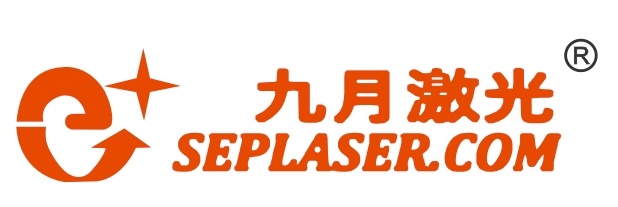The result of laser cutting on the workpiece may be a clean cut, or on the contrary, the edge may be rough or burned. The most important factors affecting the cutting quality are: alloy composition, material microstructure, surface quality, surface roughness, surface treatment, beam reflection, thermal conductivity, melting point, thermal melting and gasification temperature.
Laser engraving machine accessories
Alloy composition
Alloy composition affects the strength, specific gravity, weldability, oxidation resistance and acidity of materials to a certain extent. The higher the carbon content, the more difficult the material is to cut (the critical value is considered to be 0.8% carbon).
Basic microstructure of materials
In general, the finer the particles that make up the material, the better the quality of the cutting edge.
Surface quality and roughness
If there are rusty areas or oxide layers on the surface, the cutting contour will be irregular and many damage points will appear. If you want to cut the corrugated plate, select * * thickness cutting parameter.
surface treatment
The most common surface treatments are galvanizing, focusing galvanizing, painting, anodic plating or covering layered plastic film. The sheet treated with zinc is prone to slag hanging on the edge; For painted plates, the cutting quality depends on the composition of the coated product.
Laser engraving machine accessories
Beam reflection
How the light beam is reflected on the workpiece surface depends on the basic material, surface roughness and treatment. Some aluminum alloy, copper, brass and stainless steel plates have the characteristics of high reflectivity. When cutting these materials, pay special attention to adjusting the focus position.
Thermal conductivity
When welding, materials with low thermal conductivity require less power than materials with high thermal conductivity.
Heat affected zone
Laser flame cutting and laser melting cutting will lead to material variation in the edge area of cutting material.
When processing low carbon steel or oxygen free steel, the quenching of heat affected zone is reduced; For high carbon steel, the edge area will harden; For hard rolled aluminum alloys, the heat affected zone is even slightly smaller than the rest.



